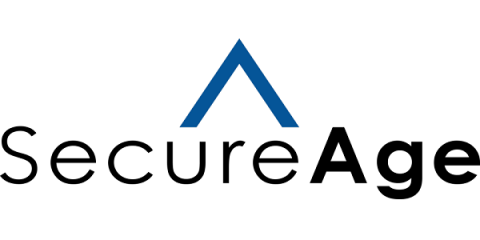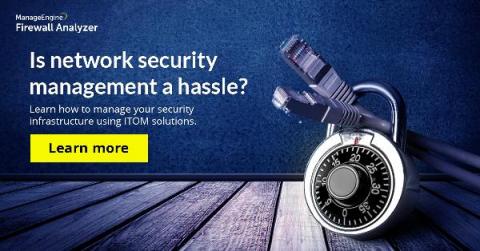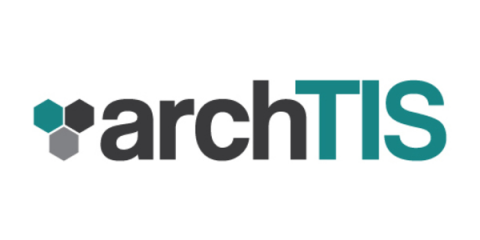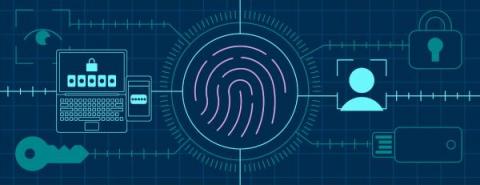Data Encryption Methods & Types: Beginner's Guide To Encryption
Data encryption is one of the many ways organizations can protect their data. Encryption turns plaintext (readable data) into ciphertext (randomized data), which requires the use of a unique cryptographic key for interpretation. In other words, encryption is a security measure used to scramble data so that it can only be read by authorized personnel.








